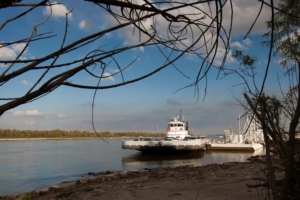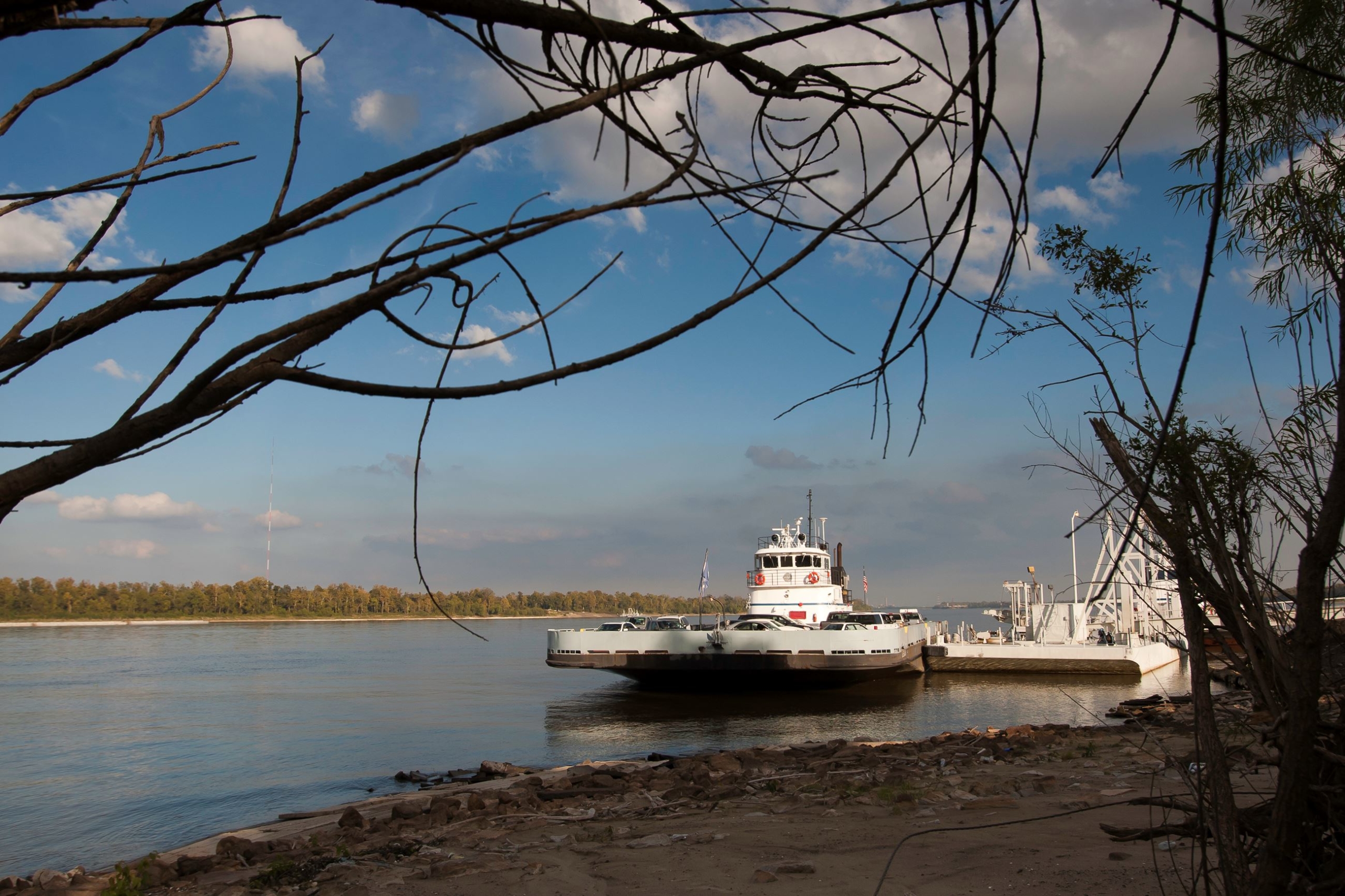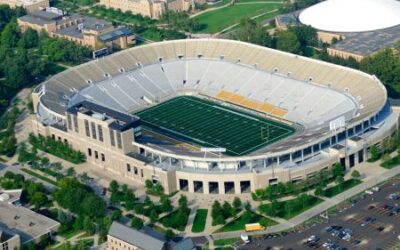
Photo courtesy of the city of Plaquemine, Louisiana.
America’s rural regions have never been as high a funding priority as the country’s urban areas. That’s understandable considering the population delta. However, that scenario is changing somewhat. Recent federal funding programs are reversing decades of neglect in America’s rural regions… especially when it comes to infrastructure repair.
The Infrastructure Investment and Jobs Act (IIJA), Inflation Reduction Act (IRA) and the American Rescue Plan Act (ARPA) allocated billions in funding for rural America. The programs all have different qualifications but funding for non-urbanized areas is designated for much needed improvements to water infrastructure, high-speed internet, transportation, and other public infrastructure assets.
At the federal level, the US Department of Agriculture (USDA) and the Department of Transportation (USDOT) are overseeing some of the largest rural funding programs. Over the last year, alone, these agencies have earmarked billions of dollars for rural projects of varying scope.
USDA funding is available for utilities, internet access and other aspects of life in rural areas. Federal money distributed through USDOT is earmarked for mobility projects. In 2023, there will be an abundance of mobility contracting opportunities in parts of the country that fall into the non-urbanized category.
On Dec. 16, the USDA’s Rural Development office announced an investment of $102 million for 263 water infrastructure projects benefiting rural communities in 47 states. While the individual projects may be considered small, many are expected to be consolidated.
Another $300 million in funding will be available for rural utilities through the Rural Energy for America Program in 2023. Projects related to clean and reliable drinking water systems, sanitary sewage disposal, solid waste disposal plants and storm water drainage are all eligible for funding.
A $19 million project in Montpelier, Vt. is scheduled for a 2023 launch. The objective will be to upgrade and expand sewer and stormwater infrastructure. The city is in the planning/design stage for a project that will be finalized soon. The project may include a waste-drying system that uses biogas to convert waste into a recycled product. The city also plans to use some of the funding for an investment to improve its water resource recovery facility.
While the national spotlight related to broadband funding has been recently focused on the Broadband Equity, Access, and Development Program, the USDA has another funding program scoped exclusively for rural communities. It is called the ReConnect Program and it also provides loans and grants to rural communities to resolve inadequacies in access to broadband internet. Recently, the USDA awarded $759 million for high-speed internet projects and in 2023 the program is expected to have another $1 billion that can be allocated to similar projects.
Technical assistance required for these types of programs has encouraged rural municipalities and county governments to partner on individual or consolidated projects. Numerous broadband projects will be developed through multi-jurisdictional partnerships.
The Department of Transportation has funding for initiatives designed to modernize transportation infrastructure in rural areas. In fact, the agency has $8 billion to allocate for smaller projects in rural areas. There is also funding for the development of rural ferry programs. Approximately $4.6 billion is available to deliver new public transportation services, including ferry services, in rural areas. A $10.8 billion allocation for bus and bus facilities is available as well.
Recently, $300 million in funding was made available to state and regional transportation planning organizations and local governments. Projects must have a goal of improving and expanding rural surface transportation infrastructure. Projects must meet the national priorities of building connectivity, improving safety, spurring economic growth, and enhancing overall quality of life for citizens living in rural areas.
A $68 million project in the city of Kalispell, Mont. is being readied for launch. A $25 million funding award from the USDOT will support the project to widen lanes, reconstruct a bridge, improve drainage, and develop multi-use trails in the city. Components of the project will address roads in critical disrepair, improve citizen safety goals and spur economic mobility in a rural area which is a gateway to Glacier National Park.
A design/build project in Virginia’s New Kent County with an expected price tag of more than $300 million will launch in 2023. A $25 million federal award to the Virginia Department of Transportation will be used to widen Interstate 64 so that an estimated $300 million in future project costs will be eligible for federal funding. The scope of work outlines the creation of additional eastbound and westbound lanes. The end goal is to widen I-64 from four to six lanes.
The Cameron and Plaquemines parishes in Louisiana will see lots of activity soon. A ferry project will have a combined federal funding allocation of approximately $50 million. The plan includes design and construction of new ferry vessels and the expansion of rural communities’ access to both the Calcasieu Ship Channel and the Mississippi River. The new vessels will increase reliability of ferry services in the rural region and another $19.1 million federal loan has already been received by Cameron Parish to develop its own ferry service.
A water project in North Dakota that will benefit 5 counties will be launched in 2023. An award of $400,000 will be used to ensure that the total initiative is eligible for additional funding, which will be needed, from the USDA. The project will fall into oversight of the Western Area Water Supply and the improvements will eventually connect underserved rural communities to a new, robust water supply.
Public officials in rural America have opportunities for funding unlike anything they have experienced in the past. On Dec. 20, the USDOT issued a notice of funding opportunity for $1.5 billion that will be disbursed a grant program in fiscal year 2023. Half of that funding is designated expressly for rural communities. Collaborative partnerships will be in high demand. And, as funding begins to flow, private sector companies will find that many smaller projects will be consolidated as jurisdictions work together to launch projects that will benefit entire regions of a state. Rural America will be a much more attractive marketplace – one that might never have been imagined in the past.







